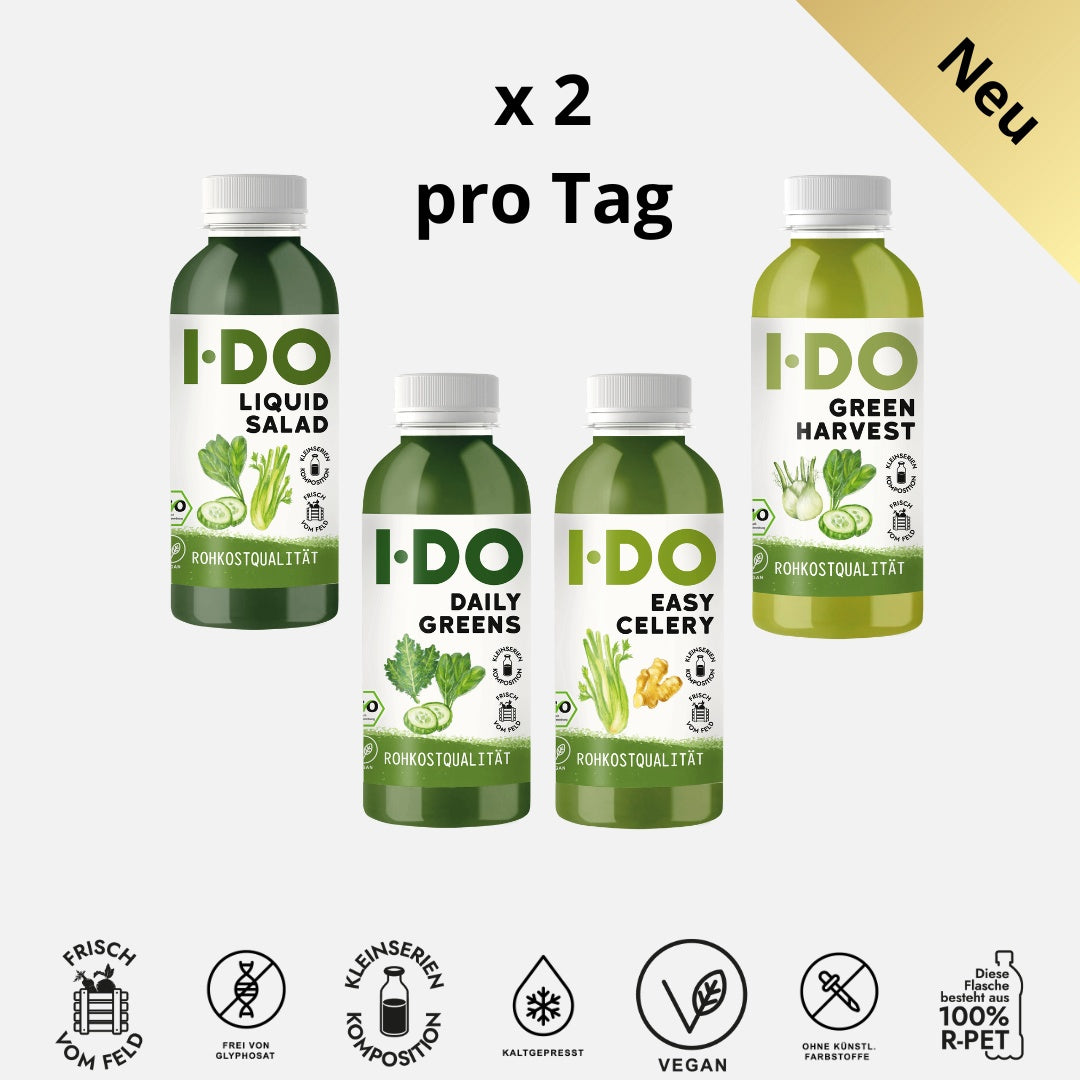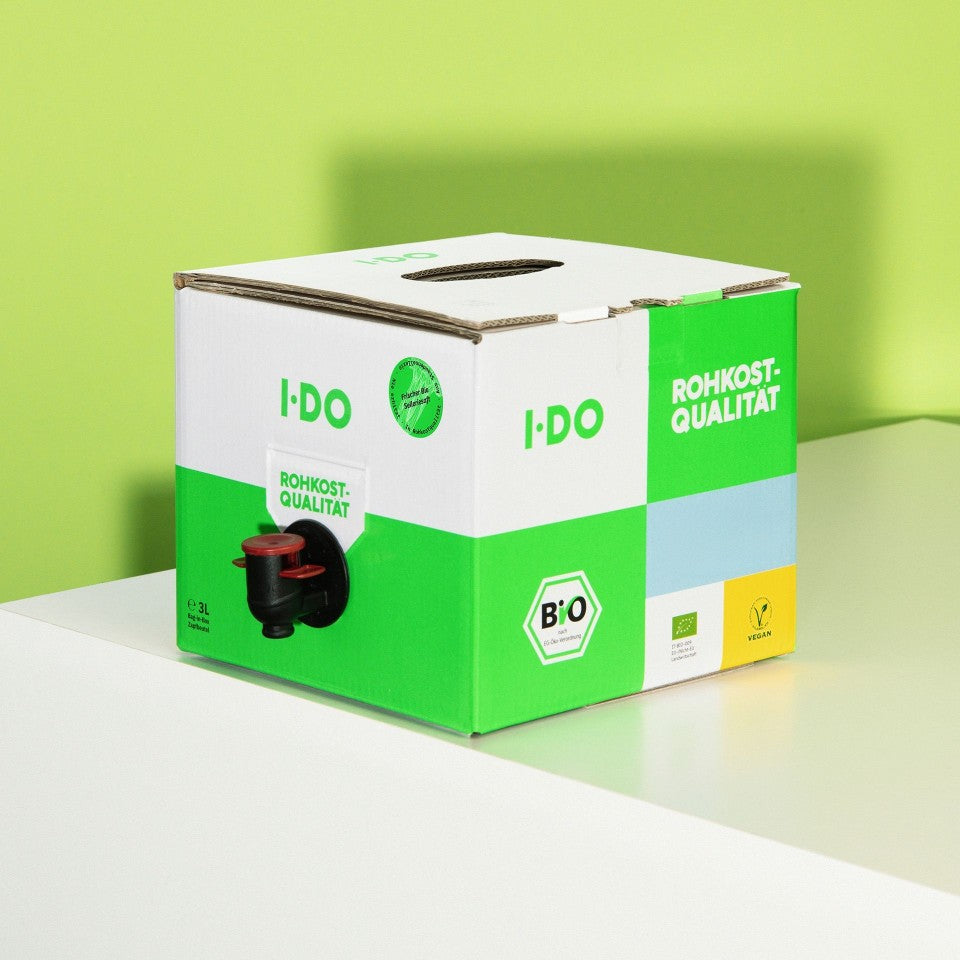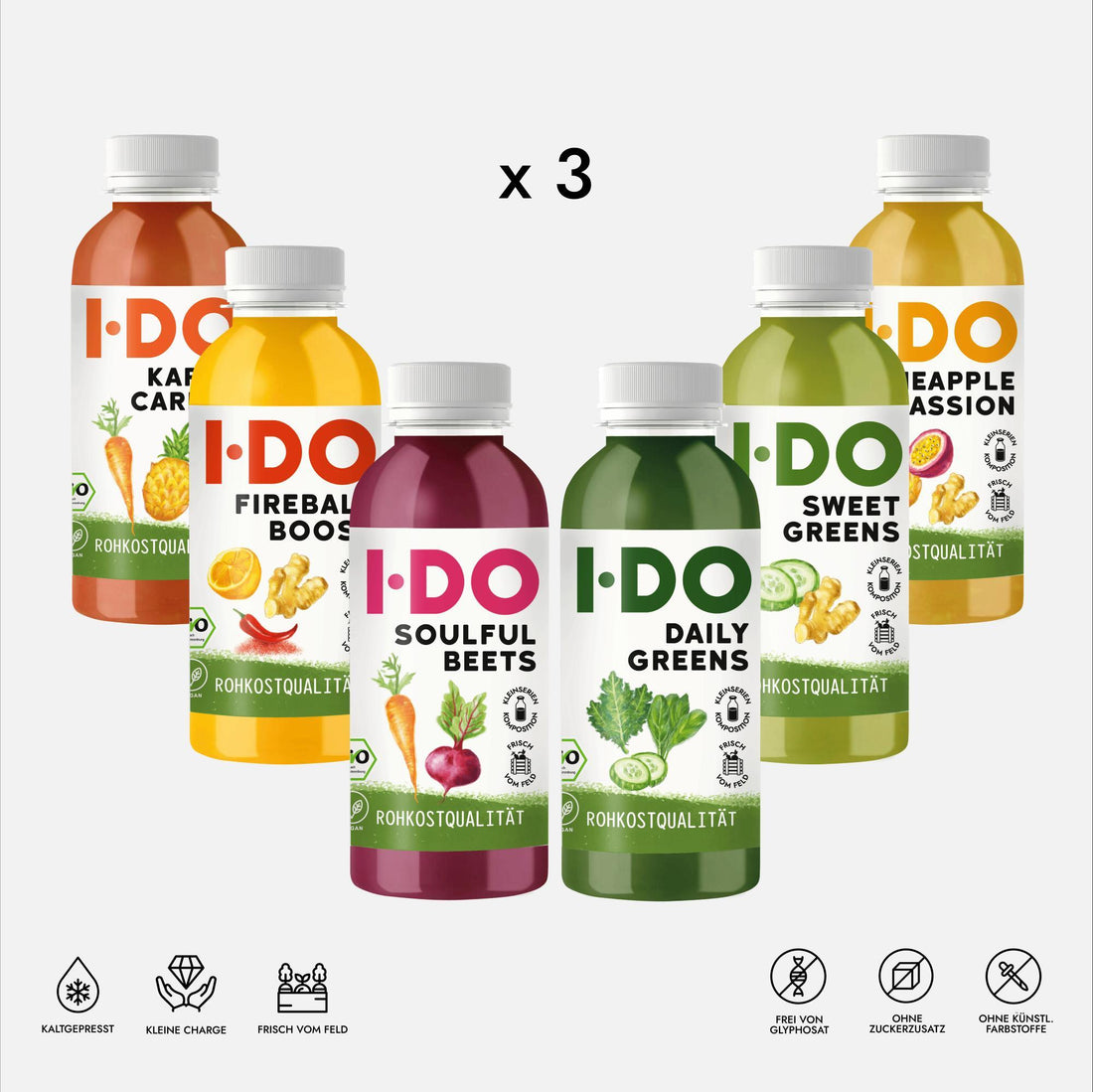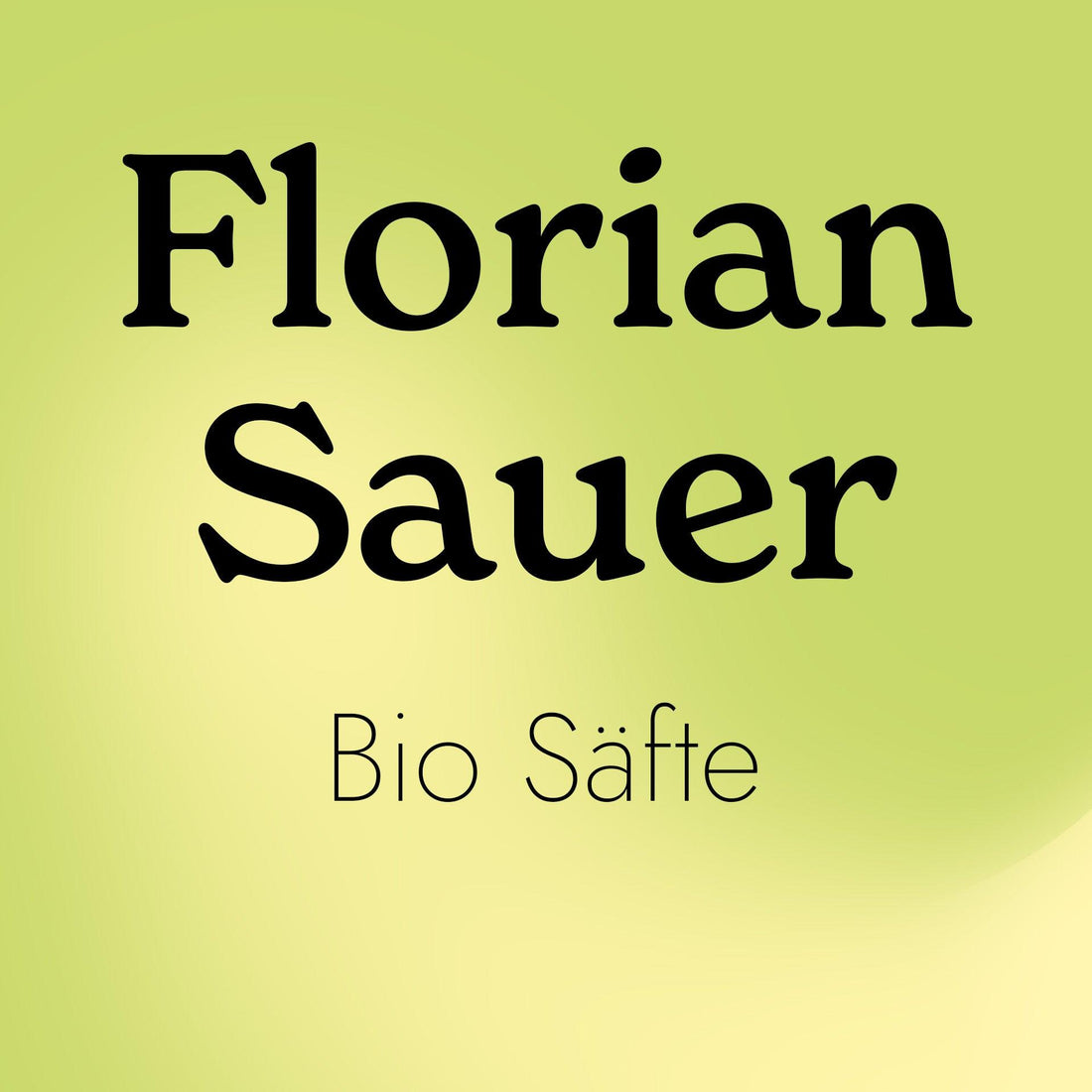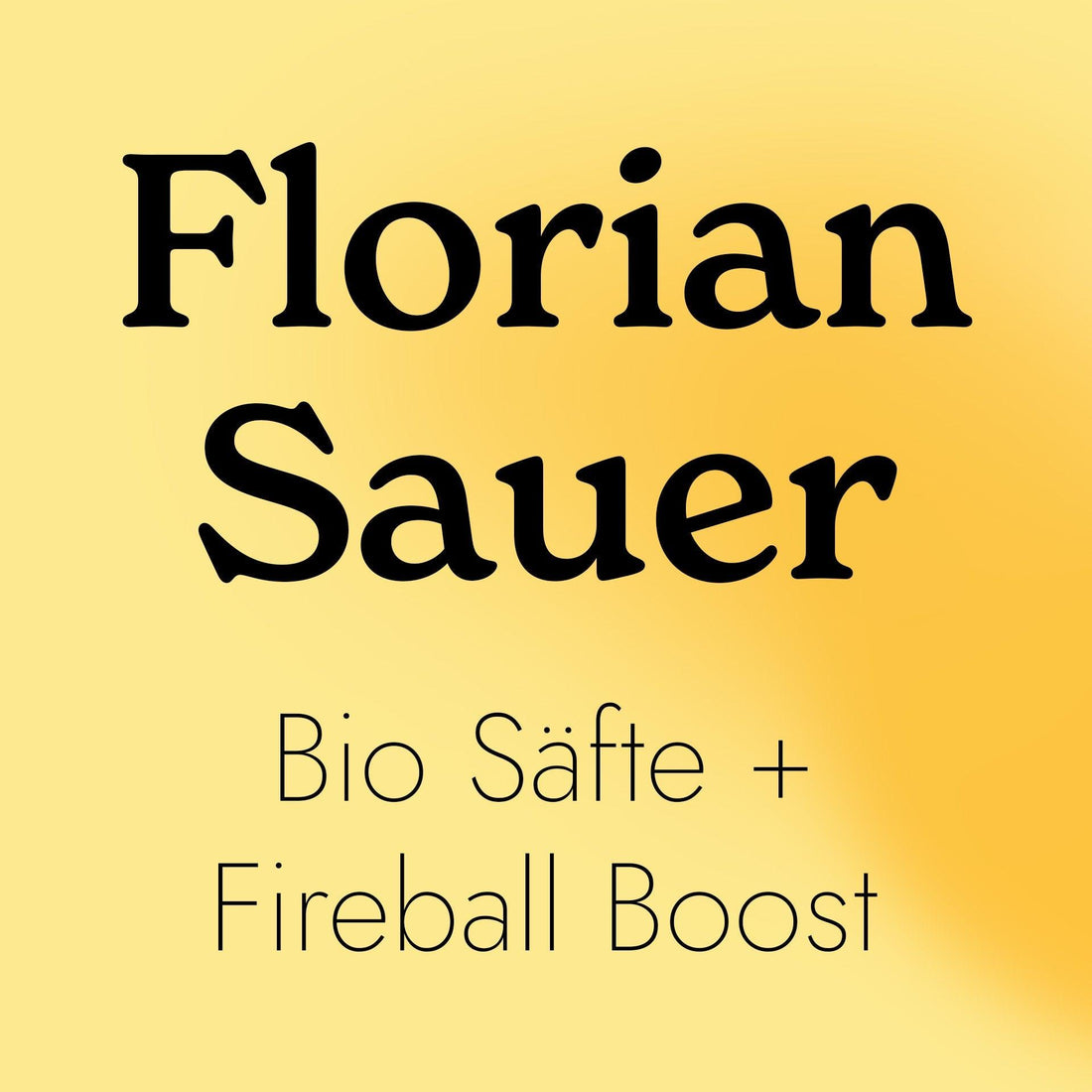Sugar substitutes for the familiar table sugar (sucrose) are on everyone's lips. Naturally occurring sugar substitutes are becoming increasingly popular as alternatives to table sugar. They are low in calories and have little or no effect on blood sugar and insulin levels (Wenzel, 2020). But what sugar substitutes are there? And are they really "better" than regular table sugar? After having already taken a close look at glucose and fructose, the two main components of sugar, in another article, in this article we present a selection of alternatives to conventional table sugar and explore the significance of the sweetener aspartame.
Options for sugar replacement
There are basically two groups of sugar alternatives: sugar substitutes , such as birch sugar, from natural sources, and sweeteners , which are usually artificially produced, such as aspartame. They can all taste different and have a different consistency than table sugar.
Sugar substitutes are usually sugar alcohols , which are created through chemical processes such as a reduction in chemical structure or conversion by living organisms. In Germany, only certain sugar alcohols are permitted in food. Sugar alcohols have a similar sweetness to sucrose but fewer calories. Thus, they have a lesser impact on blood sugar levels. Sweeteners have a relatively low calorie content than table sugar but vary in their sweetness (Bickel, 2018). However, some sugar substitutes can have laxative effects if consumed in excess, which is why consumption in moderation is recommended. German supermarkets now offer a wide variety of sugar alternatives. We present some of them:
Sugar substitutes
Coconut blossom sugar
Coconut blossom sugar is a natural sugar substitute made from the sweet sap that flows from the blossoms of the coconut palm. This sap is then thickened and dried. Compared to refined sugar, coconut blossom sugar is less processed and therefore still contains some natural ingredients. Because coconut blossom sugar also contains a certain amount of fiber, it causes less of a rise in blood sugar levels.
Its taste is somewhat reminiscent of caramel – similar to brown sugar. The sugar's consistency is very fine, which makes it suitable for baking, cooking, and sweetening liquids, similar to table sugar.
Birch sugar (xylitol)
Xylitol is another sugar alcohol found in many fruits and vegetables. Xylitol is extracted through a complex process from birch wood, corn cobs, straw, or other wood residues (Bickel, 2018). Its sweetness is similar to that of table sugar, but it contains about 40% fewer calories. It also has a minimal impact on blood sugar levels because it is broken down more slowly by the body than table sugar.
In the mouth, xylitol can have a slightly cooling effect. Xylitol is also known for its tooth-protecting properties because it is not metabolized by caries bacteria. It can therefore help reduce the risk of caries and promote dental health. Therefore, it is often used in sugar-free chewing gum, dental care products, and mouthwashes as an additive with the number E967 (NDR, 2023a).
Erythritol
Erythritol is a sugar alcohol that occurs naturally in some fruits, such as melons and pears. For use as an additive, it must be labeled with the number E968 (Bickel, 2018). Erythritol has a similar sweetness and consistency to table sugar, but contains only about 6% of the calories of sugar. Erythritol is not metabolized in the body, meaning it is not broken down, so it has no effect on blood sugar levels. Furthermore, erythritol does not impair the growth of caries-causing bacteria and is therefore often described as tooth-friendly.
Honey
Honey is also a natural sweetener produced by bees from flower nectar. Honey's sweetness is stronger than that of table sugar. Due to its natural enzymes, antioxidants, and antimicrobial compounds, honey is often seen as a healthy alternative to table sugar. But be careful: Honey also contains large amounts of fructose and glucose , and therefore also carbohydrates. You can learn more about the sugars fructose and glucose , which foods they occur in, and how they are processed in the body in another article in our magazine .
Vonig
Vonig refers to vegan "honey" and stands for several plant-based alternatives that can be used as a substitute for honey. These include rice syrup made from cooked rice, date syrup made from the sweetness of dates, agave syrup, and jelly made from dandelion blossoms or other plants. There are also vegan honey products on the market that are very similar to bee honey in both taste and consistency. The delicious Wonig from Vegablum , for example, is guaranteed free from animal cruelty, palm oil, and fruit shipped from far away. The labels are also casein-free and vegan. From classic daisy, dandelion, marigold, or nettle, Wonig is also available in unusual varieties such as apple mint, gingerbread, mulled wine, vanilla, cinnamon, and chili.
Alternatively, you can also make your own vegan honey from dandelion flowers, sugar (alternative) and lime juice – your own dandelion jelly is ready ☺
Agave syrup
Agave syrup is a natural sugar substitute derived from the sap of the agave plant. It has become increasingly popular in recent years due to its purported health benefits, including its ability to reduce blood sugar spikes. Overall, agave syrup is sweeter than table sugar and consists primarily of fructose .
Agave syrup is wonderful for sweetening all kinds of dishes: It's a great addition to banana bread if it's not already sweet enough from the overripe bananas. It adds a delicious sweet note to a salad dressing, or you can use it in your hot chocolate or even in your coffee if you like it a little sweeter.
Sweeteners
Aspartam
Aspartame is a type of sweetener that is 200 times sweeter than table sugar and very low in calories. It comes as a white, odorless powder and is used to sweeten various foods such as beverages, confectionery, yogurt, and chewing gum. In the EU, aspartame must be labeled on food products or identified by the E number (E951) (Butchko, Stargel, Comer et al., 2002).
According to the safety assessment of the European Food Safety Authority, aspartame is safe for human consumption and has therefore been approved for use as a food additive in many countries around the world, including Germany, for 30 years. The acceptable daily intake (ADI) is 40 mg per kilogram of body weight. This means that this amount of aspartame can be consumed daily without any significant health risk. To exceed this maximum ADI, a person would have to drink 36 cans of 330 ml diet soda every day for a lifetime. This shows that the maximum recommended intake is difficult to achieve (European Food Safety Authority, 2023).
Stevia
Stevia is a natural sugar substitute extracted from the leaves of the stevia plant in tropical and subtropical regions of South America. The plant-based raw material is processed and ultimately becomes the artificial sweetener stevia. Since 2011, stevia has been approved as a sweetener in the EU with the designation number E960 (Bickel, 2018). It contains no calories and is much sweeter than table sugar. Depending on its purity, stevia can be up to 200–400 times sweeter than sugar. In larger quantities, stevia has a slightly metallic, bitter taste. Due to its small volume, stevia is not particularly suitable for baking, but it is wonderful for sweetening other foods such as coffee, cocoa, or yogurt (NDR, 2023a).
What does “sugar-free” mean?
We find the label "sugar-free" on many food packaging, but this claim is deceptive. Legally, this label does not stipulate that the product is completely sugar-free; rather, it may contain up to 0.5 grams of sugar per 100 grams of the food (NDR, 2023b). The label "sugar-free" is often used to advertise products that contain little or no table sugar. However, there are many other types of sugar, such as grape sugar, fructose, or milk sugar, that have similar health effects (Verbraucherzentrale Bundesverband, 2022). We discuss milk sugar (lactose) and its properties in another magazine article .
The label "no added sugar" means that no additional ingredients have been added to the product for their sweetening effect. This applies to all monosaccharides, disaccharides, and all other possible sweetening ingredients. Since natural sugar sources can, but do not have to, be indicated, the label "no added sugar," like "sugar-free," does not mean that the product contains no sugar (Verbraucherzentrale Bundesverband, 2022). Therefore, when purchasing food, the list of ingredients should always be checked to avoid ambiguous advertising claims that could mislead. For a more detailed breakdown of the various sugar labels on food products, we recommend the information provided by the German Consumer Center, which provides very precise information about the different terms.
Conclusion
Overall, the precise effects of sugar substitutes, and especially the long-term effects of their regular consumption, have so far been little researched scientifically. The question of whether alternative substances for sweetening food are better than table sugar can therefore only be answered subjectively, considering the various ingredients and their effects on the body. Despite good alternatives to table sugar, every sugar substitute also contains glucose and fructose , the two simple sugars that should only be consumed in moderation. Agave syrup, stevia, or erythritol are therefore promising natural sweeteners, but should also be used with caution.
It's much better to rely on naturally sweet foods like fruits and vegetables and use as little added sugar as possible rather than oversweetening. While most sugar substitutes cause little or no increase in blood sugar levels, they can increase cravings and thus cause us to eat more sweets. I DO juices contain only sugars naturally occurring in fresh fruits, vegetables, and spices, and no added sugar.
Sources
Bickel, S. (2018). Is it all sugar? Biology in Our Time (48.5). pp. 310-317.
Butchko, H.; Stargel, W.; Comer, CP; Mayhew, D.A. et al. (2002). Aspartame. Review of Safety, Regulatory Toxicology and Pharmacology (35.2). pp. 1-93.
European Food Safety Authority (2023). Aspartame . Retrieved from: https://www.efsa.europa.eu/de/topics/topic/aspartame
Norddeutscher Rundfunk (2023a). Sugar substitutes: How healthy are xylitol, stevia, and erythritol? Retrieved from: https://www.ndr.de/ratgeber/gesundheit/Zuckerersatz-Wie-gesund-sind-Xylit-Stevia-Erythrit,zuckerersatz108.html
Norddeutscher Rundfunk (2023b). Sugar: The biggest misconceptions about glucose, honey, and more. Retrieved from: https://www.ndr.de/ratgeber/verbraucher/Die-groessten-Irrtuemer-ueber-Zucker,zucker125.html
Society of Nutrition and Food Science (2020). Sugar & Sugar substitutes – myths and facts . Dialogue event of the Society of Nutrition and Food Science and the Charité Berlin on February 6, 2020.
Federal Consumer Center Association (August 23, 2022). Sugar and sugar substitutes: How to identify sweeteners in food. Retrieved from: https://www.verbraucherzentrale.de/wissen/lebensmittel/gesund-ernaehren/zucker-und-zuckerersatz-so-erkennen-sie-suessmacher-in-lebensmitteln-11552#:~:text=%22Zuckerfrei%22%3A%20Bei%20der%20Angabe,zu%205%20g%20Zucker%20halten.






